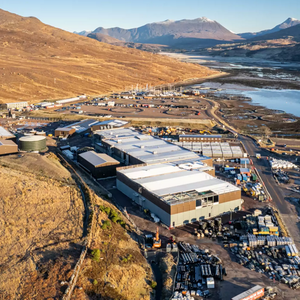Scientists from CSIRO, Australia’s national science agency, have sequenced the first-ever full genome of the rare and elusive spotted handfish (Brachionichthys hirsutus), a critically endangered marine fish endemic to Tasmania.
Once plentiful around Tasmania’s south-east coast the species’ numbers have dwindled. In 1996, it became the first marine fish listed as critically endangered. Scientists now estimate fewer than 2,000 individuals remain in the wild. The rapid decline of the spotted handfish is attributed to historic fishing practices, coastal development, climate change and the arrival of invasive species.
The genome is a critical tool needed to help conserve the species and took a coordinated effort, led by CSIRO’s Applied Genomics Initiative (AGI). CSIRO senior research scientist, Gunjan Pandey, said the genome sequence will help ongoing efforts to boost population numbers and monitor genetic diversity.
The team was able to sequence the complete genome from a small amount of poor-quality DNA, using what’s called a low-input protocol. This was done in collaboration with the Biomolecular Resource Facility at Australian National University.
CSIRO scientists have been monitoring the spotted handfish since 1997, keeping an eye on nine localized populations within the Derwent Estuary. CSIRO's multi-pronged approach to conserving the spotted handfish includes a captive breeding program, as well as innovative approaches to habitat restoration.













